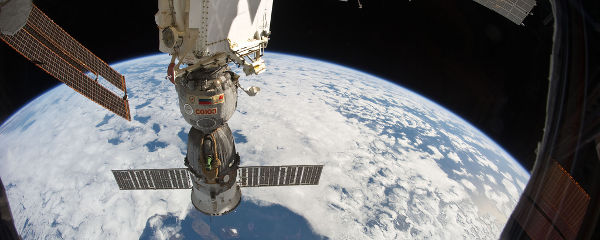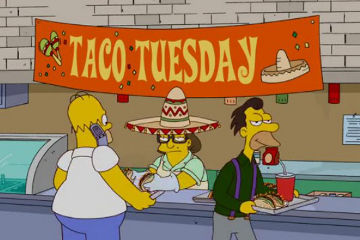What I’ve Learned:
“Exoplanets: When one Earth just isn’t mega-super enough.”
Our planet is pretty okay, as far as it goes. Sure, we’ve come up with stir fry, chili cheese fries and Stephen Fry — but are we really being the best Earth we can be? Some astrophysicists make me wonder.
In particular, the astrophysicists scouring the visible cosmos for worlds circling other stars. Or in a word: exoplanets.
(Don’t let the “ex” part throw you. These are not planets who used to date Earth, then got upset when Earth made googly eyes with Venus, or slept over in the house of Mercury after a sexy session of grab and terrestrial tickle.
Rather, exoplanets are those big hunks of stuff that spin around a star that isn’t the one we happen to circle. Sorry, “Real Housewives of the Solar System” fans. It’s not like that.)
These world-watchers have detected nearly two thousand exoplanets to date, with more on the celestial radar all the time. And until recently, there were pretty well-defined rules for what these faraway planets look like. Basically, planets came in two flavors: rocky and gassy.
(Yes, just the two. Extrasolar planets are interesting. Nobody ever said they were Baskin-Robbins.)
When planets reach a certain size, they tend to accumulate gasses like hydrogen, helium, carbon dioxide or nitrogen. Scientists believed that any planet heavier than about ten Earth masses would largely be composed of gas pulled in by the hefty planet’s enormous gravity. The “gas giants” in our own solar system — Jupiter, Saturn, Uranus and Neptune — follow this formula precisely.
Smaller planets, on the other hand, are usually big round balls of rock. Venus, Mars and Mercury all fit this bill, in addition to the hunk of dirt we’re currently riding. As do a number of discovered exoplanets — but only those on the smaller side.
When these exoplanets are the same size-ish as Earth, they’re called “Earth-like”, but that only means that these worlds are generally the same shape and density. There’s no guarantee the inhabitants of any “Earth-like” planets have, for instance, independently invented Happy Hour or Taco Tuesday or Rice-A-Roni, the interstellar San Francisco treat.
(And without those things, how “Earth-like” could those planets be, really?)
The planets significantly bigger than Earth but smaller than our solar system’s gas planets are often called “super-Earths”. Technically, the super-Earth set is a mixture of rocky and gaseous planets, depending on the size and density of each. Like the saying goes, some super-Earths are like your Mars, and some are like Uranus.
(That’s not a saying? Well, it should be.)
The super-Earth label doesn’t mean these worlds are necessarily extra-special. It would be great if some “super”-Earth came up with even tastier chili cheese fries, or a Stephen Fry wittier than a speeding bullet. Or maybe a stir fry that stirred itself. But no. We’re on our own for those.
Recently, though, scientists discovered a new sort of planet that’s thrown them for an orbital ellipse. Named Kepler-10c, it’s a planet orbiting a star about 560 light years away. It appears to be made of rock — but its seventeen times more massive than Earth. The theory said it should be full of gas, but there it was when they looked — solid through and through, mooning us through our telescopes and thumbing its rocky core at us. Scientists have dubbed this jacked-up behemoth a “mega-Earth”, and it’s the only one of its kind yet known to exist.
Personally, I’d have gone with “Andre the Planet”. This is probably why I never get invited to any astrophysicist parties. Maybe this isn’t such a “super Earth”, after all.



